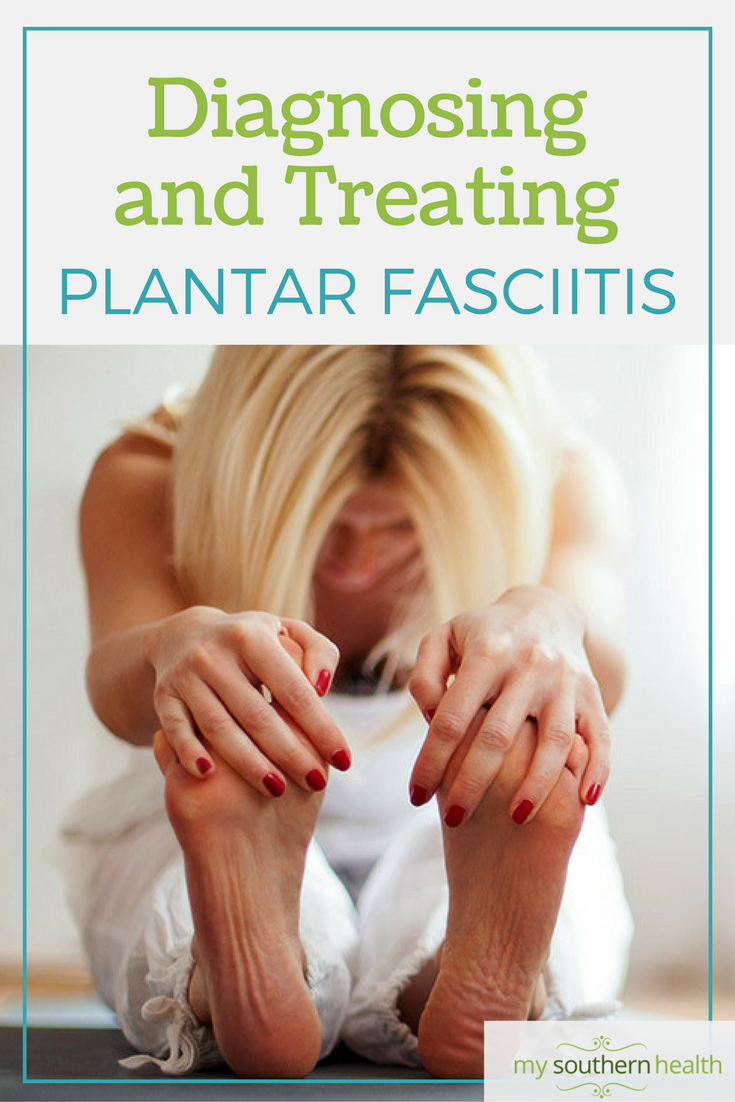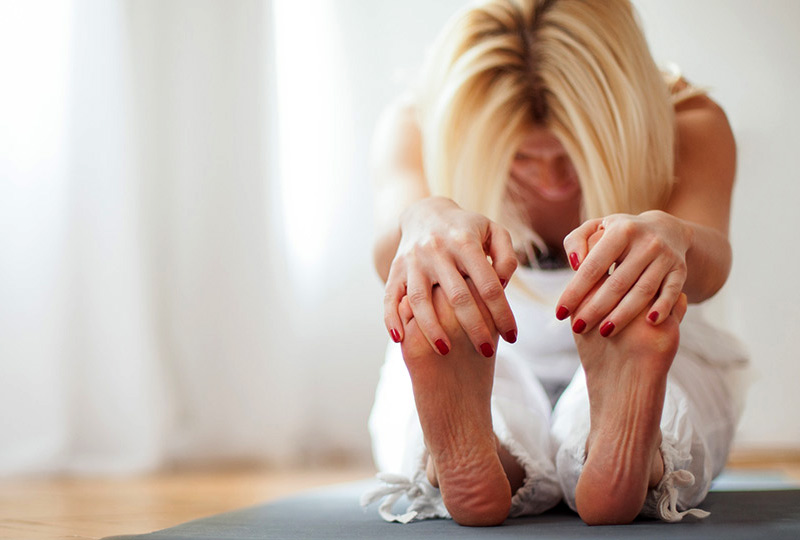A sharp ache in the heel or sole, especially in the morning, is the hallmark of this common problem.
The plantar fascia is a thick fibrous band of tissue that runs along the bottom of the foot from the heel to the base of the toes. It provides support and stability. When the weight of your body moves to the balls of your feet, the plantar fascia stretches. When this fascia becomes irritated and inflamed, it is called plantar fasciitis. Plantar fasciitis is very common — and unfortunately, rather painful. Here’s what you should know.
What causes plantar fasciitis?
- Forceful extension of toes (flexing your feet) against a hard surface.
- Shoes that don’t support or fit your feet appropriately.
- Running with poor technique.
- Obesity.
- Flat feet.
- High arches.
What are the symptoms?
- Pain, especially near the heel.
- Pain that eases up with rest.
- Pain that’s most obvious first thing in the morning.
- Pain with walking, especially in the part of your stride when you’re pushing off your toes.
How to treat plantar fasciitis?
- Ice your pained foot with an ice pack or a bag of frozen peas a few times per day.
- Maintain a healthy weight.
- Wear athletic shoes. Shoe inserts may help too. See a podiatrist (foot doctor) to find out which type of inserts will work best for you.
- Use anti-inflammatory pain relievers, such as acetaminophen or ibuprofen.
- Roll a tennis ball or a sturdy can under your sore foot. Apply firm pressure as you roll.
- Stretch the plantar fascia, especially before getting out of bed in the morning. Extend your leg out straight, grasp the toes of your pained foot and gently pull your toes toward you to stretch out the tissue along the bottom of your foot. If you have trouble reaching your toes, try looping a towel or scarf around your toes, grasp the ends of the towel and gently pull them toward you to stretch the bottom of your foot.
- Severe cases of plantar fasciitis should be treated by a podiatrist. Very few people need surgery to treat this problem, but it may be necessary if other treatment doesn’t help and the symptoms get worse.


